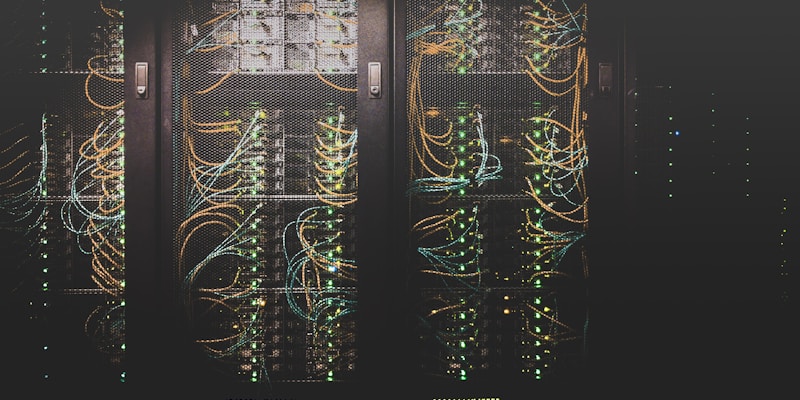Jordan–Schwinger Tomographic Transformation Connects Discrete and Continuous-Variable Quantum Systems

Summarize this article with:
Hybrid quantum systems, combining the strengths of discrete and continuous variable architectures, represent a significant advance in information science, yet translating concepts between these fundamentally different platforms poses considerable challenges. Vladimir Orlov, Liubov Markovich, Alexey Rubtsov, and Vladimir Man’ko address this issue by constructing a theoretical bridge between discrete and continuous systems, utilising tomographic probability representations and the Jordan-Schwinger map. Their work connects observable random variables, such as spin projections, photon numbers, and quadratures, through probabilistic representations like spin, photon-number, and symplectic tomograms, alongside the Wigner function, allowing direct reconstruction of a system’s state across different representations. This formalism establishes a unified framework for comparing and transferring information between diverse hardware platforms, potentially enabling the design of hybrid protocols where spin-based memories interface with photonic communication channels, and providing a valuable tool for benchmarking and validating quantum algorithms across heterogeneous architectures. This transformation allows researchers to represent discrete quantum systems in terms of continuous variables, simplifying certain quantum algorithms and potentially reducing resource requirements for quantum communication and computation.
The team develops a theoretical framework for this mapping, preserving key quantum properties like unitarity and entanglement. Researchers applied this mapping to various quantum states and operations, demonstrating its ability to accurately translate between discrete and continuous formulations. A key achievement is the development of a general formalism for the Jordan-Schwinger tomographic transformation, applicable to a wide range of quantum systems and states, with explicit examples provided for converting states between representations. The findings contribute to a deeper understanding of the relationship between discrete and continuous quantum systems, potentially paving the way for new approaches to quantum information processing and quantum technology. Entanglement is preserved during the mapping process, crucial for maintaining the functionality of quantum information processing protocols.
Quantum State Conversions via Transition Kernels This research establishes explicit formulas, known as kernels, that allow scientists to convert between different ways of representing a quantum state, crucial for quantum state tomography and efficient quantum information processing. These kernels enable the reconstruction of an unknown quantum state from measurements taken in different representations. The research focuses on several key representations, including the Wigner function, symplectic tomogram, photon-number tomogram, and spin tomogram. The transition kernels, mathematical functions transforming a quantum state from one representation to another, are central to this work, with Laguerre polynomials appearing repeatedly in the derivations due to their connection to bosonic systems. Many transformations between representations are expressed as integral transforms, decomposing the quantum state into its frequency components. The research highlights the symmetry and relationships between different representations, such as the close connection between the Wigner function and the symplectic tomogram, providing the tools needed to convert between different representations of quantum states for both theoretical understanding and practical applications. Bridging Discrete and Continuous Quantum Systems This work establishes a direct connection between discrete-variable and continuous-variable quantum systems, overcoming challenges arising from their differing formalisms. Researchers achieved this by combining tomographic probability representation of quantum states with the Jordan-Schwinger map, allowing for the translation of observable random variables between the two architectures. This innovative approach enables the reconstruction of a quantum state in one representation directly from measurement data obtained in the other, bypassing computationally expensive and error-prone full density matrix reconstruction. The resulting framework facilitates the comparison and interfacing of diverse quantum hardware platforms, with potential applications in hybrid protocols combining the strengths of discrete and continuous variables, such as integrating spin-based memories with photonic communication channels. 👉 More information 🗞 From Discrete to Continuous-Variable Systems via Jordan-Schwinger Tomographic Transformation 🧠 ArXiv: https://arxiv.org/abs/2510.21476 Tags:
